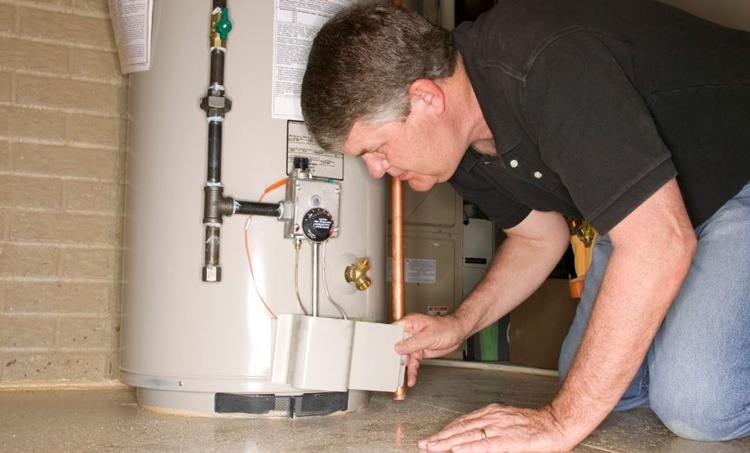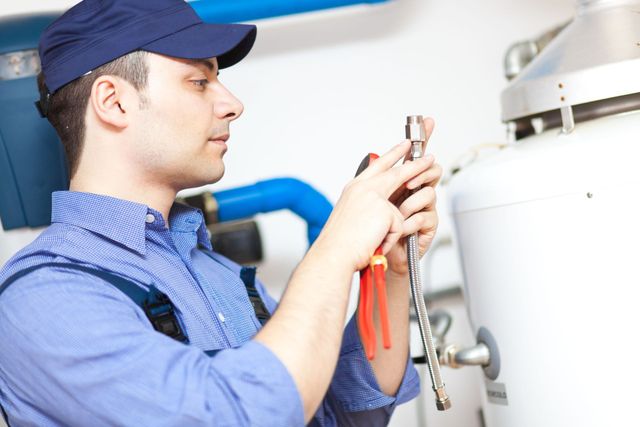Essential Care Strategies for Your Home's Hot Water SystemMaintaining Your Home's Hot Water System: Important Tips
Essential Care Strategies for Your Home's Hot Water SystemMaintaining Your Home's Hot Water System: Important Tips
Blog Article
The content in the next paragraphs involving Tips on Maintaining a Water Heater is amazingly compelling. Try it and draw your own results.

Hot water is important for everyday comfort, whether it's for a revitalizing shower or cleaning dishes. To guarantee your warm water system runs efficiently and lasts longer, regular maintenance is vital. This short article provides practical ideas and understandings on how to preserve your home's warm water system to avoid interruptions and expensive fixings.
Intro
Keeping your home's hot water system may appear challenging, yet with a few easy steps, you can guarantee it runs smoothly for many years ahead. This guide covers every little thing from understanding your warm water system to DIY maintenance suggestions and understanding when to call professional aid.
Value of Maintaining Your Hot Water System
Regular upkeep not only prolongs the lifespan of your warm water system but additionally guarantees it operates successfully. Disregarding maintenance can lead to decreased effectiveness, greater energy costs, and also premature failing of the system.
Signs Your Hot Water System Demands Maintenance
Understanding when your warm water system requires attention can stop major problems. Keep an eye out for signs such as irregular water temperature level, strange sounds from the heating system, or corroded water.
Comprehending Your Hot Water System
Prior to diving into maintenance jobs, it's helpful to understand the fundamental components of your warm water system. Generally, this consists of the hot water heater itself, pipes, anode rods, and temperature controls.
Monthly Upkeep Tasks
Regular regular monthly checks can aid capture minor problems prior to they escalate.
Flushing the Hot Water Heater
Flushing your water heater eliminates debris buildup, improving effectiveness and lengthening its life.
Monitoring and Replacing Anode Rods
Anode rods stop deterioration inside the container. Evaluating and replacing them when broken is crucial.
Examining and Changing Temperature Level Setups
Readjusting the temperature level setups ensures optimal performance and security.
DIY Tips for Upkeep
You can carry out numerous maintenance jobs on your own to keep your hot water system in leading problem.
Checking for Leakages
Routinely inspect pipelines and links for leakages, as these can cause water damage and higher costs.
Examining Stress Alleviation Valves
Checking the pressure safety valve guarantees it works correctly and protects against too much pressure build-up.
Protecting Pipes
Shielding warm water pipelines decreases heat loss and can conserve power.
When to Call an Expert
While DIY upkeep is helpful, some issues call for expert competence.
Complex Issues Calling For Professional Aid
Examples include significant leaks, electrical troubles, or if your water heater is consistently underperforming.
Regular Expert Maintenance Conveniences
Professional upkeep can include comprehensive evaluations, tune-ups, and ensuring conformity with safety requirements.
Verdict
Regular upkeep of your home's warm water system is vital for effectiveness, long life, and expense financial savings. By adhering to these tips and understanding when to seek expert help, you can guarantee a trusted supply of hot water without unanticipated disruptions.
Water Heater Maintenance Tips
Test the TPR Valve
Shut off the power and the cold-water supply valve. Place a bucket under the pipe connected to the temperature-pressure-release (TPR) valve on the top or side of the tank. (This valve opens if the tank pressure gets too high.) Lift the valve’s tab to let some water out, then let go. If water keeps flowing, drain the tank partway, unscrew the old valve with a pipe wrench, and install a new one. Check the Anode Rod
Put a hose to the tank’s drain cock and let out a few gallons of water. Now fit a 1 1/16-inch socket onto the rod’s hex head on top of the heater (or under its top plate) and unscrew the rod. If it’s less than ½ inch thick or coated with calcium, buy a new one, wrap its threads with Teflon tape, put it back in the tank, and tighten securely. Use this segmented rod if headroom above the tank is limited. Drain the Tank and Wash Out Sediment
Drain the remaining water in the tank into the bucket, then stir up the sediment on the tank’s bottom by briefly opening the cold-water supply valve. Drain and repeat until clean water comes out of the hose. Close the drain cock, refill the tank, and turn its power back on. Adjust the Temperature
Find the temperature dial on the side of the tank and unscrew its cover. Adjust the dial to 120 degrees using a flathead screwdriver. For every 10 degrees the temperature is lowered, you can expect to save up to 5 percent in energy costs. Turn the water heater off or the thermostat down to its lowest setting if you plan to be away from home for more than three days. Insulate the Pipes
Buy some self-sticking 3/8-inch-thick foam pipe insulation that matches the pipes’ diameter. Slide the foam over the hot-and cold-water pipes as far as you can reach. Insulating the cold-water pipe prevents condensation in summer. Peel the tape and squeeze the insulation closed. If the pipe is 6 inches or less from the flue, cover it with 1-inch-thick unfaced fiberglass pipe wrap. https://www.thisoldhouse.com/plumbing/21016402/how-to-maintain-a-water-heater

I came across that blog posting on What Kind of Maintenance Do Water Heaters Need? while doing research the web. You should pause to share this content if you liked it. We take joy in reading our article about Tips For Maintaining Your Hot Water Heater.
Automated Marketing Report this page